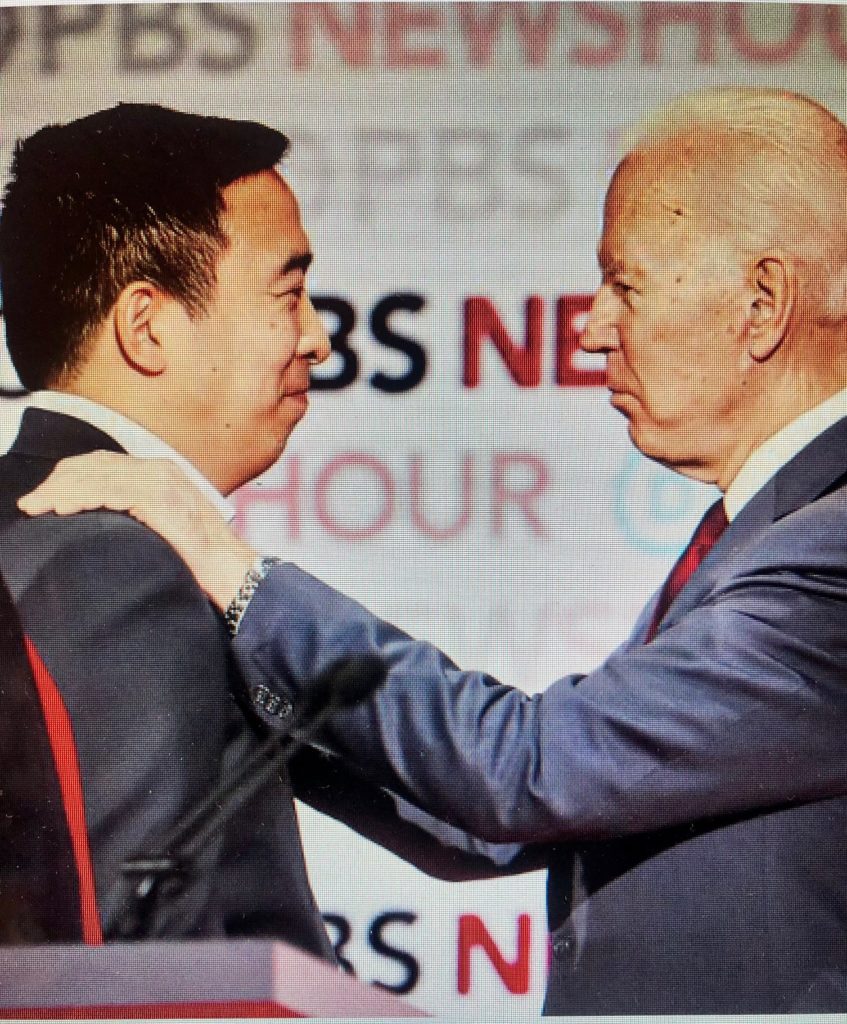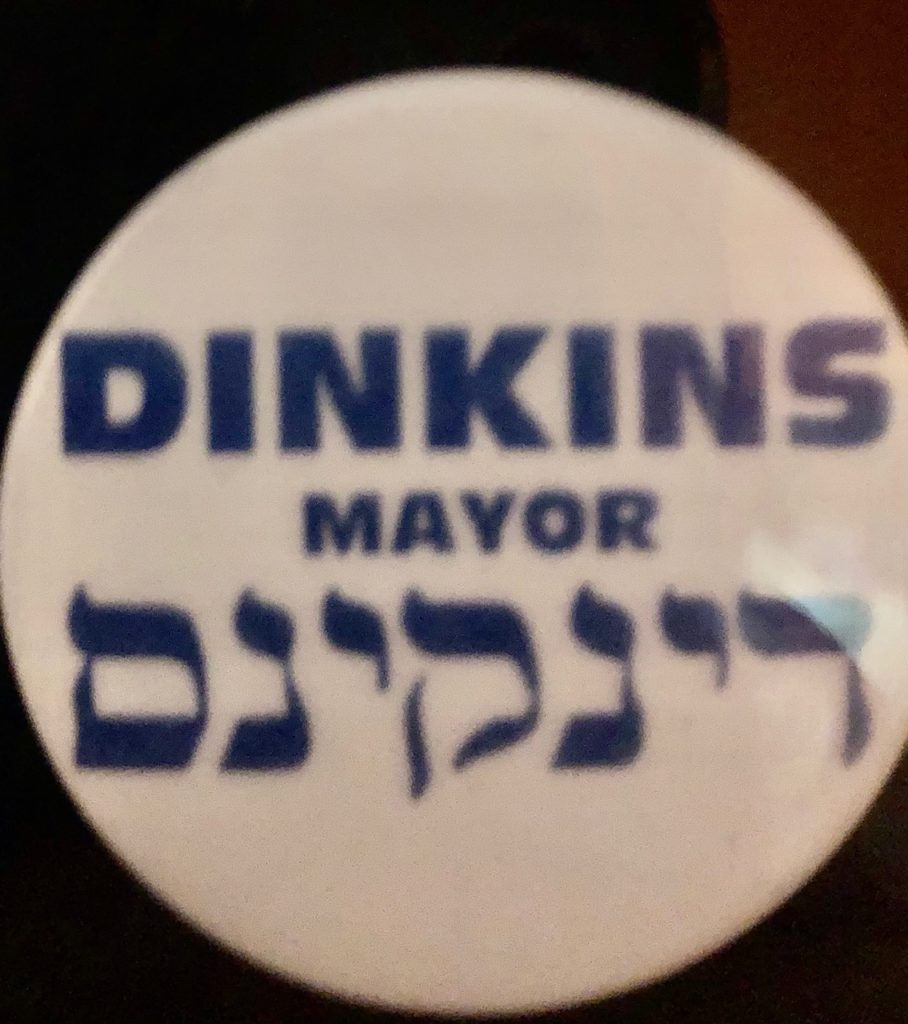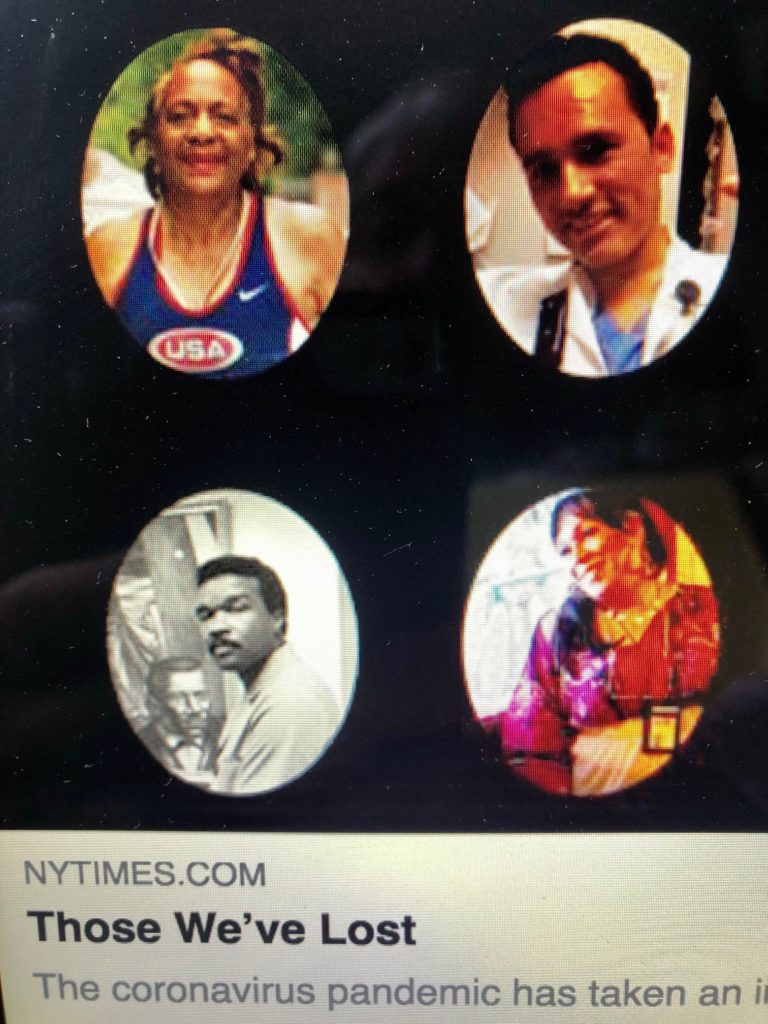
Say it ain’t so, Joe. Don’t tell those of us who backed you to the hilt that you are serious about the utterly unqualified Neera Tanden for Director of the OMB — especially when you have an incredibly qualified person-of-color available for the position in Andrew Yang, the best national advocate for Math and Economic Literacy we’ve had since Alexander Hamilton.
Tanden’s views are only in tandem with the dying, discredited Clinton corner of the Democratic Party; Yang, aside from representing a growing Asian American constituency — credited with joining Black voters to help flip Georgia blue for you — opened the floodgates to a whole new generation of Democratic voters with his “Yang Gang.” And, if you look anywhere on social media right now, you’ll see it’s Andrew Yang out there campaigning for Ossoff and the Rev. Warnock to win Georgia’s two US Senate seats.
Just by floating the name of negative Neera (who favored cutting social security, and opposed Bernie Sanders and progressive Dems on many economic initiatives), you’ve already taken attention away from your superb choices of Janet Yellin as Treasury Secretary, and Wally Adeyemo as the first Black man to serve as the Deputy at Treasury. Cut your losses with Neera now, and don’t squander your political goodwill and capital by having her run into a buzz saw of Progressive and GOP opposition in the Senate.
As you have demonstrated thus far, there’s a treasure trove of highly qualified people of color, and women, to select for many important positions within a Biden/Harris Administration. Neera Tanden is not one of them.
One whom I’ve advocated to you before (in fact, I advanced her name as a Vice Presidential possibility) is the incomparable Dr. Helene Gayle, a perfect candidate to head Health & Human Services as COVID continues to crush entire communities and families across this country.
Trained and board-certified in Pediatric Medicine ( MD from University of Pennsylvania Medical School, Masters in Public Health from Johns Hopkins University’s School of Public Health), Dr. Gayle worked at the CDC for 20 years, directing the National Center for HIV, STD and TB Prevention.
Helene’s heroic work in HIV/AIDS was recognized by Bill & Melinda Gates, when they hired her away from the CDC to run their Foundation’s HIV, TB & Reproductive Health Program, which she did for 5 years, expanding her expertise to help those in greatest need globally. There were still ‘mountains beyond mountains’ for Dr. Gayle to climb and in 2005, her talent was tapped by one of the world’s premier international relief and development organizations, CARE, USA, with programs that help more than 80 million people in 93 countries, and over 10,000 employees spread across the globe. CARE is now dedicated to stopping the spread of the global Corona Virus Emergency. (www.care.org).
Dr. Gayle served as President and CEO of CARE, for 10 years, “helping millions of people recover from natural disasters and other acute emergencies, prevent the spread of HIV/AIDS, and gain access to healthcare, nutrition, education, economic opportunity, safe water and improved sanitation.” A member of the Council on Foreign Relations, the American Public Health Association, and the National Academy of Medicine, Helene Gayle was named by Forbes Magazine as one of the most powerful women in the world, and by Foreign Policy as one of the top 100 “Global Thinkers.”
Dr. Gayle chaired President Obama’s Advisory Council on HIV/AIDS, and launched a McKinsey Social Initiative (now, McKinsey.org) that builds public/private partnerships for social impact. You know, Helene, Joe. She is the kind of supremely qualified person you want to have in crucial positions in your administration. Neera Tanden is not in the same league as Helene Gayle, nor as Andrew Yang.
Dr. Gayle was among the very first global public health officials to recognize, early on, that the HIV/AIDS epidemic was taking a heavy toll upon the Black, Latino and poor communities in the United States. Three years ago, she moved to Chicago to head one of nation’s oldest and largest community foundations, the Chicago Community Trust, focusing sharply on closing the racial and ethnic wealth gap in the Chicago area.
Helene Gayle has always been a consummate medical and public health professional, not a politician. She is widely respected among public officials of both parties, dealt with world leaders as an equal, and has run vast national and international non-profit and public service organizations. Dr. Gayle personifies the depth of the towering talent pool of people of color, Joe, with life experiences and professional accomplishments available to be tapped in the service of this nation, by you and Kamala Harris.
There’s no excuse to settle for less, and no better way to push Math and Science to the top of your agenda than to appoint the highest calibre people, like Andrew Yang and Dr. Helene Gayle.




